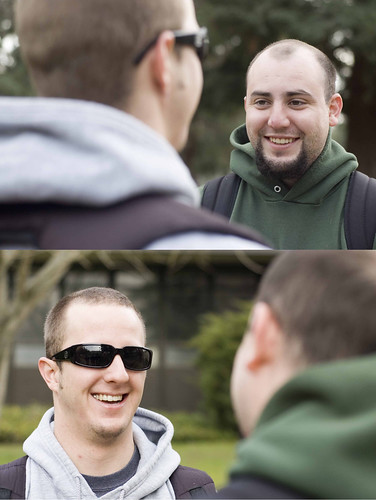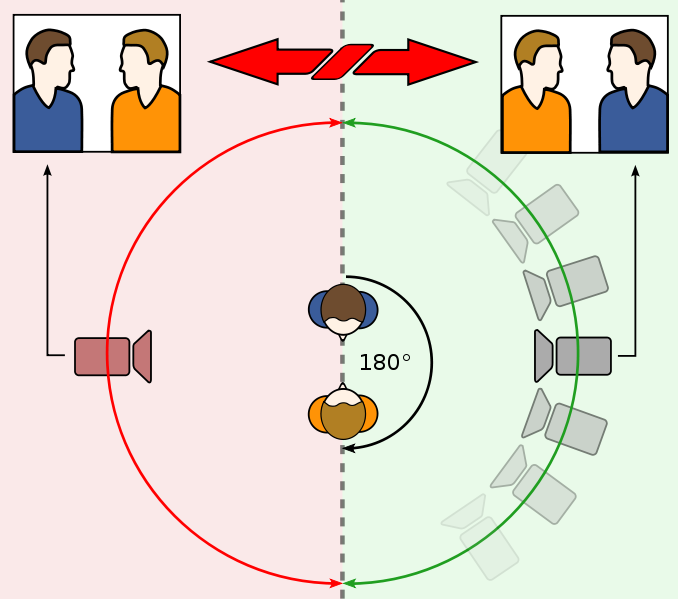
The target audience of a thriller varies depending on the film, and also if the film in hand has a specific sub-genre. Traditionally the target audience is said to be males, as stereotypically the tension and plot lines thrillers have are more appealing to that gender. Usually the age would start at 16 and end at perhaps late fifties. I think this because children under the age of 16 probably wouldn't enjoy a thriller, they might find it too scary, and the certificate may be out of their age range. Older people tend to enjoy more mellow genres, but quite a few middle aged people enjoy Thriller films (For example..My dad).
The film Phone Booth is a good example of how the target audience can change depending on the film. Phone Booth doesn't contain hardly any gore, and is more suspense building than scary. This means it may appeal to a younger audience, but also an older audience because the plot lines are clever and twisting. This illustrates that thriller films can capture any audience depending on the subject.

A completely different example would be the film The Dark Knight, which is often classified as an action thriller movie. However, because it is based on Batman, and has many famous actors which a younger generation are more likely to know, it therefore appeals to a younger audience as well as an older audience who would probably have seen the original Batman movies and would have been curious to see the new take on the story. This shows how film remakes can also contribute to a different target audience.

My final example is the film Memento. The opening scene of this already has blood and gore included, which following a stereotypical view of genders might mean that female and younger viewers would be immediately put off of the film and switch it off. The film also has a lot of clever twists and turns to it, which is why I think it would be more likely to appeal to an older male audience.





